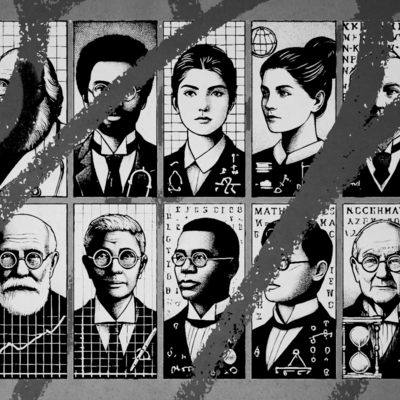Jul 5, 2020
The Everything Sunday Digest
Jul 2, 2020
The Opportunity in Productivity
Jun 28, 2020
Introducing 💞Talk Therapy
Jun 26, 2020
The Notetaking Cold War
Jun 23, 2020
Surgical Reading: How to Read 12 Books at Once
Jun 21, 2020
Introducing 📐Napkin Math!
Jun 18, 2020
How to never lose another memory again
Jun 14, 2020
